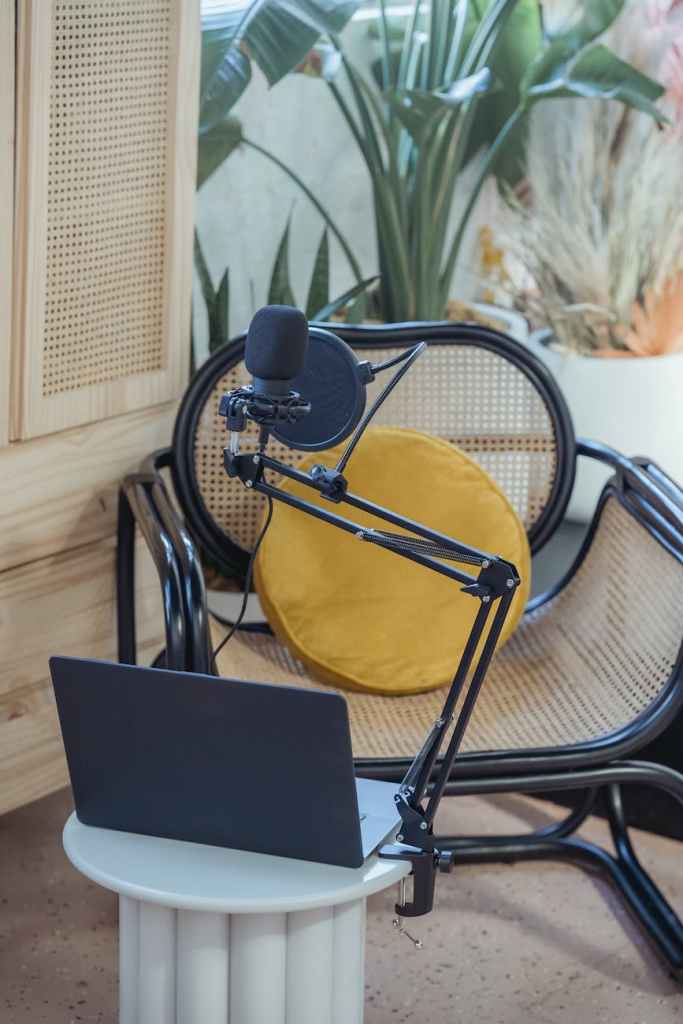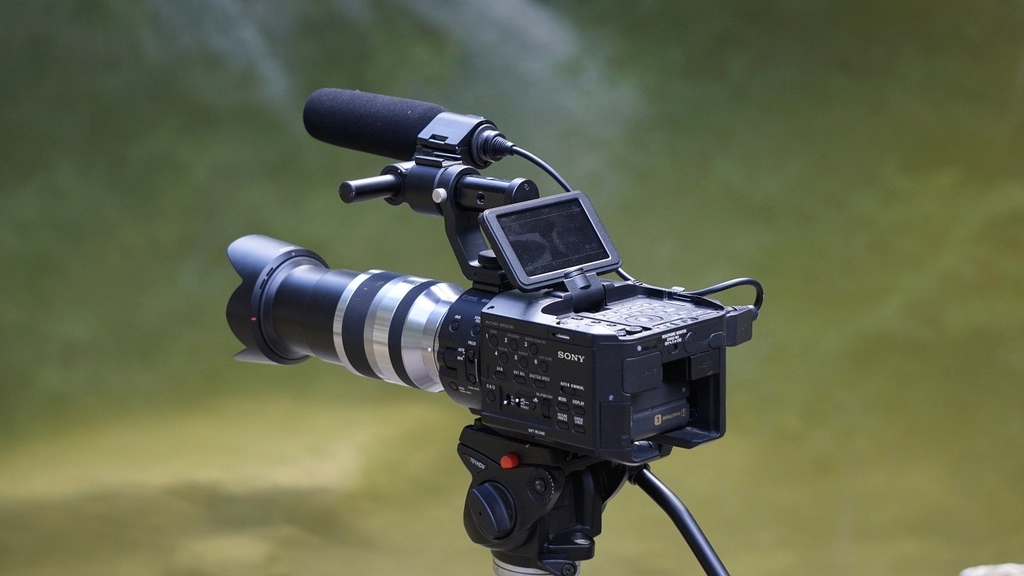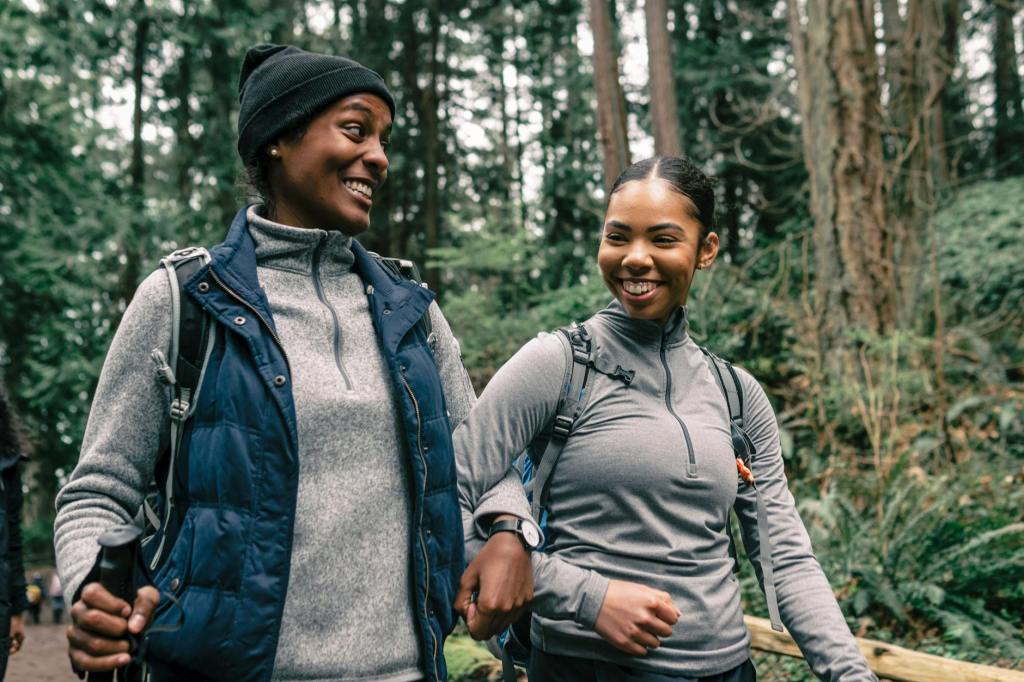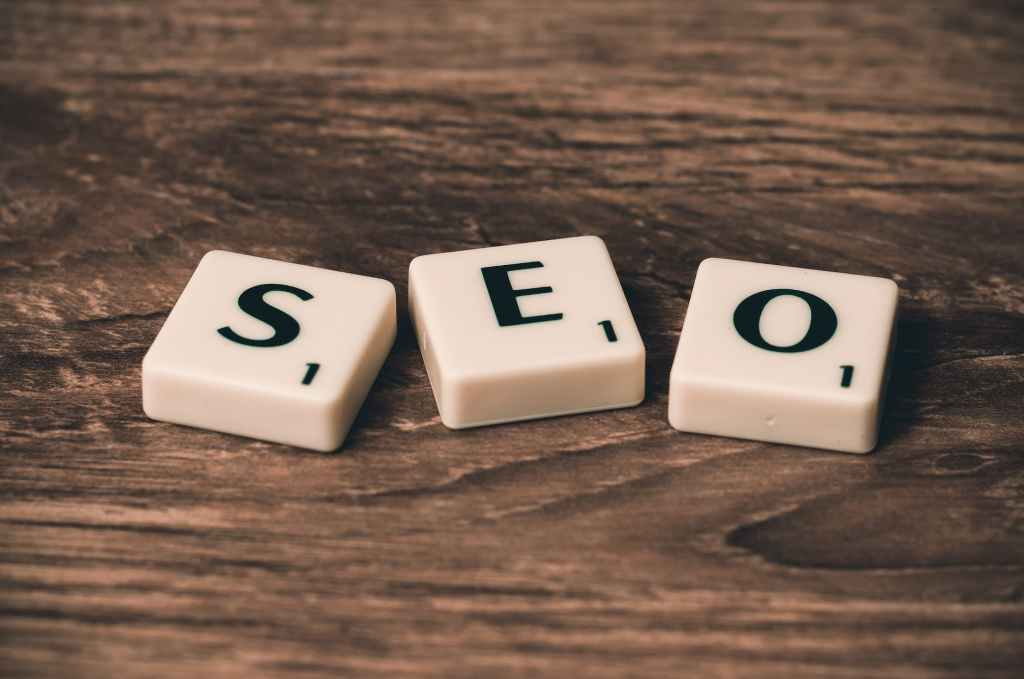I would have written this post long time ago by now , but I was busy watching so much videos , lives and reels/shorts in so many interesting and also new amazing subjects and topics . where are these? where to start! YouTube must be first after all then Facebook also gets some attention despite all bad rating that have been accumulated over the past few months. also we watch on Instagram and maybe tiktok (soon, not my age) and tumble. and there are podcasts with many different formats in audio and video too.
Why do I need to make online videos and podcasts?
Online videos have become an essential part of content creation for various reasons. Let’s explore why they are so important:
- Engaging: Our brains are naturally wired to engage with stories. Video, with its narrative arc, is an excellent medium for storytelling. When you create engaging videos, your audience is more likely to pay attention and retain the information1.
- Emotional: Video allows you to connect emotionally with your viewers. Whether it’s through on-camera presence or voiceovers, video stimulates emotions that written content cannot fully convey. This emotional connection can be powerful for marketing, sales, training, and support1.
- Educational: Videos are an effective way to educate your audience. Learning and educational content on platforms like YouTube receive over a billion views daily. People often prefer learning about new products or services through short videos1.
- Empathetic: Video humanizes your brand. Seeing real people on camera fosters empathy and trust. It’s an opportunity to connect with prospects and buyers on a deeper level, which written content alone may not achieve1.
In summary, video should be a top priority in your content strategy. Whether you’re aiming to increase brand awareness, educate your audience, or create emotional connections, online videos offer a versatile and impactful medium2. So go ahead and start creating those compelling videos! 🎥🌟
Certainly! Podcasting offers a wealth of benefits for both creators and listeners. Let’s dive into some of the compelling reasons why you should consider podcasting:
- Broad Audience Reach: Podcasts have a global audience. In 2023, there were 150 million active podcast listeners in the US alone1. By starting a podcast, you tap into this vast audience and share your message with people from different backgrounds and interests.
- Long-Form Content: In a world dominated by short-form content, podcasts stand out as valuable long-form content. They allow you to explore topics in depth, engage listeners, and build a loyal following.
- Easy and Budget-Friendly: You don’t need prior experience or a big budget to start a professional podcast. Platforms like Riverside make it easy to create high-quality podcasts without breaking the bank1.
- Brand Awareness: Podcasting helps establish your voice and brand. Whether you’re an individual creator or a business, it’s a platform to showcase your expertise, values, and personality.
- Emotional Connection: Through voice, music, and storytelling, podcasts create an emotional bond with listeners. This connection fosters trust and loyalty.
- Educational Value: Podcasts educate and inform. Whether you’re sharing industry insights, personal experiences, or expert interviews, you contribute valuable knowledge to your audience.
- Monetization Opportunities: Podcasts can generate additional income through sponsorships, ads, or premium content. As your audience grows, so do the monetization possibilities.
Remember, podcasting is not just for businesses—it’s a medium that empowers individual creators too. So, whether you’re passionate about a niche topic or want to boost your brand, consider launching your own podcast! 🎙️🔊

What is a podcast anyway?
A podcast is a digital media format that allows you to listen to or watch a series of audio or video episodes. These episodes are typically available for download over the internet, and users can access them on their personal devices at their convenience. Here are some key points about podcasts:
- Definition: A podcast is an episodic series of spoken word content, often focused on a specific topic or theme. It can cover a wide range of subjects, from news and entertainment to education and storytelling.
- Medium: While primarily an audio medium, some podcasts also offer a supplemental video component. However, the essence of a podcast lies in its audio content.
- Consumption: You can subscribe to a podcast using an app on your phone or computer. Once subscribed, new episodes are automatically delivered to your device. You can listen to these episodes using headphones, in the car, or through speakers123.
In summary, podcasts provide a convenient way to explore diverse topics, learn, and be entertained—all while fitting seamlessly into your daily routine. 🎙️🔊
How long a normal podcast should play?
The ideal length for a podcast can vary, but here are some guidelines to consider:
- Average Length: Based on studies, the average podcast duration falls between 30 minutes to 42 minutes1. However, remember that statistics alone shouldn’t dictate your podcast length.
- Shorter Podcasts:
- Benefits: Shorter podcasts (around 15-30 minutes) offer increased productivity. You can publish more episodes per week, keeping your audience engaged.
- Example: “The Daily” runs for just 20-25 minutes and has over 5 million listeners1.
- Longer Podcasts:
- Benefits: Longer podcasts (ranging from 45 minutes to over an hour) allow for in-depth exploration of topics. “The Joe Rogan Experience,” with episodes lasting 1-3+ hours, attracts around 11 million listeners per episode1.
- Quality Matters: Ultimately, a podcast’s success isn’t solely determined by its length but by its quality.
- Your Audience and Content: Consider your podcast’s topic and your audience demographics. Tailor your podcast length accordingly. If your episode delivers valuable content and engages your audience, it’s the right length, whether it’s 20 minutes or more2.
Remember, focus on creating valuable content, and the right duration will follow! 🎙️🔊
What are the necessary equipment for podcast/video production?
Certainly! When it comes to creating a podcast, having the right equipment is crucial for achieving professional-quality audio. Here are the essential podcasting equipment items you’ll need:
- Computer: A relatively modern computer with speakers and an internet connection is essential for recording and uploading your podcast episodes. You can use your existing computer, but investing in a durable one that will last you a few years is a good idea1.
- Microphone:
- USB Mic (Recommended for Beginners):
- Blue Yeti: A versatile USB microphone with a tri-capsule array and multiple pattern selection1.
- ATR 2100x-USB: Offers smooth, extended frequency response and a built-in headphone jack1.
- XLR Mic (For Higher Quality):
- Rode NT1 Kit: Features a double-lyre suspension system and ultra-low noise for professional recording1.
- Heil PR-40: Known for its large dynamic element and internal Sorbothane shock mount1.
- USB Mic (Recommended for Beginners):
- Headphones:
- Good-quality headphones are essential for monitoring your recordings and ensuring accurate sound reproduction. Look for headphones that don’t leak sound and provide clear audio1.
- Recording Device or Computer:
- You’ll need a device to record your podcast. Whether it’s a dedicated recording device or your computer, make sure it meets your recording needs2.
- Recording and Editing Software:
- Use software like Audacity (free) or a digital audio workstation (DAW) for recording and editing your podcast episodes3.
- Optional Accessories:
- Pop Filters: These reduce plosive sounds (like “p” and “b” sounds) when recording.
- Mic Stands and Boom Arms: Keep your microphone stable and at the right height.
- Audio Interfaces: Necessary if you’re using XLR microphones. The Focusrite Scarlett 2i2 is a popular choice1.
- Mixers: Useful for live sound mixing and connecting multiple microphones. The Mackie ProFX8V2 is designed for this purpose1.
Remember, your podcasting setup can evolve over time. Start with the basics, and as you gain experience, consider upgrading or adding more equipment to enhance your podcasting studio. Happy podcasting! 🎙️🔊
Best 5 Video podcast Free services
Certainly! If you’re interested in creating video podcasts, there are several free hosting services available. Here are five of the best ones:
- Buzzsprout: Buzzsprout offers a simple, intuitive, and feature-rich podcast hosting experience. It’s perfect for most podcasters, whether you’re a beginner or an experienced creator12.
- Spreaker: Spreaker is an excellent choice if you plan to manage multiple podcasts. It provides free hosting for multiple shows, making it convenient for content creators with diverse interests13.
- Simplecast: Simplecast offers a user-friendly platform for podcast hosting. While it has paid plans, it also provides free options for those starting out1.
- Podbean: Podbean is especially suitable for nonprofits. It offers free hosting and additional features like analytics and monetization opportunities13.
- Acast: Acast is beginner-friendly and provides an easy way to upload audio files, generate an RSS feed, and distribute your podcast to platforms like iTunes, Google Podcasts, and Spotify13.
Remember that each service has its pros and cons, so explore these options to find the one that best suits your needs. Happy podcasting! 🎙️📹
Selling Videos Online!
Certainly! Selling videos online can be a rewarding venture. Besides youtube and facebook, which is currently in bad shape, here are some steps and alternative platforms to consider:
- Choose Your Niche Topic:
- Identify a specific area or theme for your videos. What expertise or passion do you want to share with your audience?
- Create High-Quality Content:
- Invest time in producing well-crafted videos. Good lighting, clear audio, and engaging visuals are essential.
- Monetization Models:
- Decide how you’ll monetize your videos. Common options include:
- Rent: Allow viewers to rent your videos for a limited period.
- Buy: Offer videos for purchase.
- Subscription: Set up a subscription model for ongoing access.
- Decide how you’ll monetize your videos. Common options include:
- Choose a Platform:
- Several platforms cater to video creators:
- Vimeo On Demand: Join Vimeo to start selling. You’ll take home 90% of the revenue after transaction costs. Customize pricing and distribution regions1.
- Uscreen: A comprehensive platform for selling videos. Plan your content, upload, and organize your videos2.
- VIXY Video Platform: Offers monetization options and marketing support3.
- Contus Tech: Explore various video monetization platforms4.
- Twitch: Play your favorite games with the world.
- Several platforms cater to video creators:
- Marketing and Promotion:
- Promote your videos through social media, email newsletters, and collaborations.
- Engage with your audience and build a loyal fan base.
- Financial Arrangements:
- Set up payment gateways and ensure secure transactions.
- Consider pricing strategies and currency options.
Remember, each platform has its unique features and audience. Choose the one that aligns best with your content and goals. Happy selling! 🎥💰
Why do I need the live format in my channels?
Going live on your video channel offers several benefits, and the choice depends on your goals and audience. Let’s explore the advantages of each platform:
- YouTube Live:
- Monetization: YouTube makes it easy to monetize your live stream. You can earn revenue through ads, Super Chat, channel memberships, and merchandise shelf integration1.
- Cost-Effective: Content creators can join, publish videos, and go live on YouTube for free. No upfront costs are involved1.
- Brand Building: YouTube’s massive user base allows you to build your brand and reach a global audience. Live videos can enhance your brand’s visibility and credibility1.
- Search Visibility: YouTube tends to favor live videos over pre-recorded ones. When your live stream shows up in Google or YouTube searches, it helps grow your brand and attract more views1.
- Mobile Streaming: You can easily go live from your mobile device, making it convenient for spontaneous or on-the-go content1.
- Collaboration: YouTube Live enables video collaboration with other YouTubers, fostering community engagement and cross-promotion 1.
- Facebook Live:
- Popularity: Facebook Live is widely used and ranks high in popularity. With nearly three billion monthly active users, it’s a powerful platform for connecting with audiences2.
- Engagement: Facebook Live broadcasts tend to outperform standard video posts in terms of views, audience reach, and engagement. They drive more interactions and keep viewers engaged2.
- Desktop and Mobile: You can go live on Facebook from both desktop and mobile devices. It’s accessible to a wide range of users2.
- Community Interaction: Facebook Live allows real-time interaction with your community through comments, reactions, and shares.
- Ease of Use: Anyone with a Facebook account can start live streaming without any additional setup2.
In summary, choose YouTube Live if you prioritize monetization, search visibility, and brand building. Opt for Facebook Live if you want to engage with an active community and leverage its popularity. And remember, using a streaming software, you can even multi stream to both platforms to reach an even broader audience34. Happy streaming! 🎥🔴
More resources
- 15 Benefits of Podcasting | Why You Must Start a Podcast
- 18 Powerful Advantages Of Podcasting
- 7 Benefits of Podcasts: Why You Need to Implement Podcasts in 2023
- What Is a Podcast? 5 Types of Podcasts Explained – 2024 – MasterClass
- The 9 Best Free Podcast Hosting Services in 2023
- 31 Best Podcast Hosting Platforms In 2024 (Top 7 Have Free Offers)
- 9 Best Free Podcast Hosting Sites 2024 (+ their limitations)
- The Proven Benefits of Live Streaming on YouTube Live
- Facebook Live vs. YouTube Live: Which One is Better? – Vimeo blog
- How to Stream to Facebook and YouTube at the Same Time – Restream Blog






Leave a comment